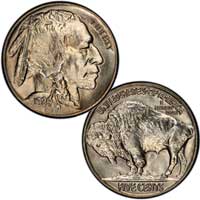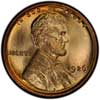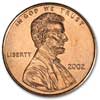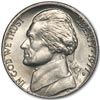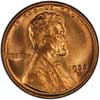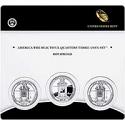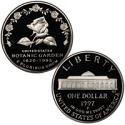This is the most common date in all grades since 1913 Type 1.
Most seen are well struck, though the dies were sometimes used until they became worn and heavily flow lined. Areas of roughness typically formed on the Indian’s neck and below his chin as the result of this extensive metal flow. There may be some incompleteness of strike in the Indian’s braid knot and in the highest points of the bison’s hide, but enough mint state pieces survive that one can be choosy. 1926(P) nickels are almost always highly lustrous. Their luster is typically quite frosty, but the depth of the frost will vary according to how worn the dies were.
Mintage:
| Philadelphia | Denver | San Francisco |
| 44,693,000 | 5,638,000 | 970,000 |

